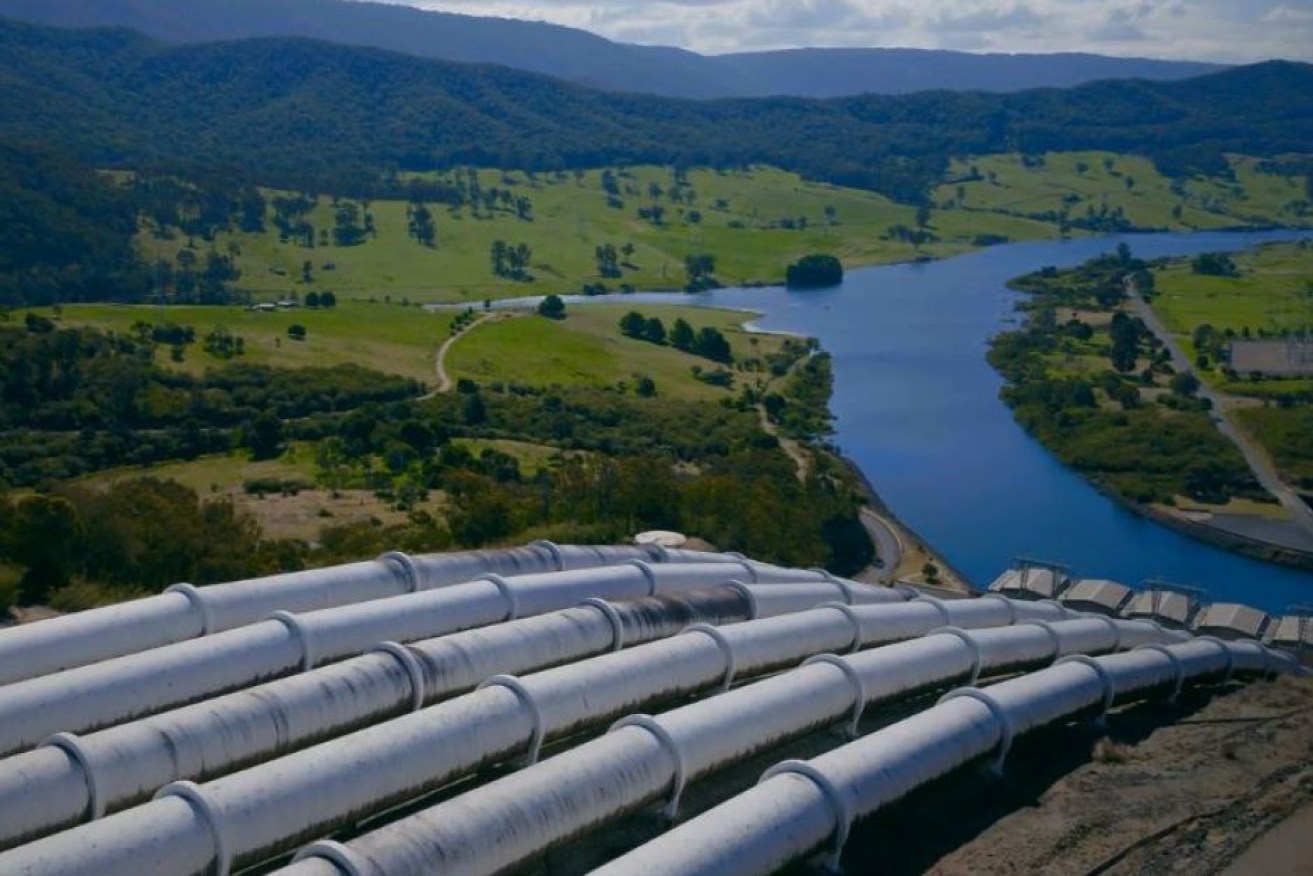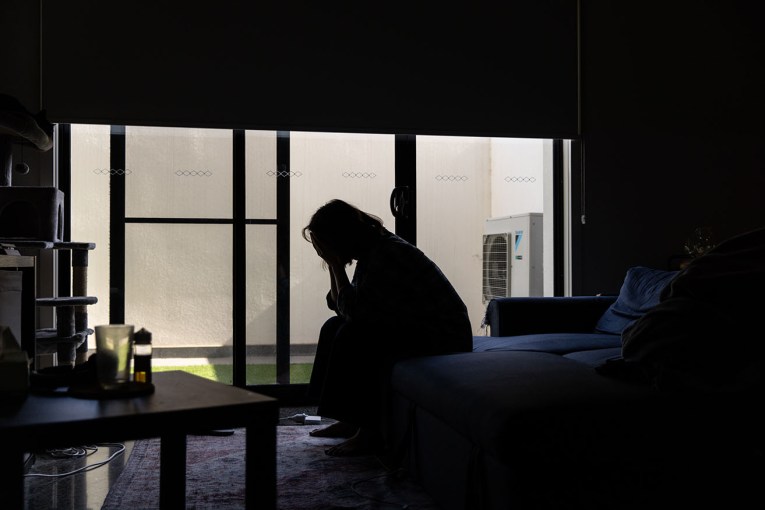‘The wrong project in the wrong place’: Malcolm Turnbull’s Snowy 2.0 vision comes at a huge cost


The environmental impact assessment released last week gave the project a green light. Photo: Snowy Hydro
Former prime minister Malcolm Turnbull’s vision for the Snowy 2.0 pumped hydro scheme to power Australia’s renewable energy future looks like coming at a huge cost.
Although a 2000-page environmental impact assessment released last week has given a green light to the largest electricity infrastructure project ever undertaken, expert objections to its cost in financial and environmental terms are alarming.
“Initially promised at $2 billion, it was quickly revised to $4 billion and a contract for part of its construction has been agreed at $5.1 billion,” said Dr Bruce Mountain, director of the Victoria Energy Policy Centre.
And the New South Wales National Parks Association executive officer Gary Dunnett said in a statement that Kosciuszko National Park would be partially destroyed.
Twenty square kilometres of largely undisturbed native alpine bush would be affected, with nine million cubic metres of excavated rock spoil to be dumped throughout the park including in existing reservoirs, reducing their active storage capacities and stream flows.

Prime Minister Scott Morrison at the Tumut 3 power station. Photo: AAP
But the most disturbing critique has come through Dr Mountain’s analysis of the business case for Snowy 2.0 and its cost to taxpayers.
When completed, Snowy 2.0 would not have a monopoly in Australia’s national electricity market.
“There has been no credible market assessment and this alone represents an unjustified risk,” Dr Mountain told The New Daily.
His centre is undertaking a market impact study.
The NSW NPA has said that a price tag of $10 billion for Snowy 2.0 now looks more likely when the cost of massive transmission upgrades and ongoing transmission operating costs to connect its new underground pumped hydropower station to the national grid is taken into account.
All of this capital and operating expenditure would buy a facility with 2000MW of production able to transmit to the national grid over several days if fully charged.
“It is inconceivable that Snowy 2.0 will produce revenues that are vaguely close to that needed to compensate its capital outlays,” Dr Mountain said.
“This is because the volume of electricity it can produce, valued at the difference between the price paid to pump water uphill and the price received when running the water back down the hill again, will be too small.”
Dr Mountain said his objections could be validated through comparison with the pumped hydro system now operating in Wales, which had comparable capacity to Snowy 2.0 as currently projected.
The market value of the Wales system was a “small fraction” of its initial build and subsequent refurbishment costs.

Overview of the landscape of the Kosciuszko National Park. Photo: AAP
Mr Dunnett said pumped hydro unquestionably had an important role to play in our future energy mix.
“That doesn’t mean that every pumped hydro project has acceptable environmental credentials, and Snowy 2.0 is simply the wrong project in the wrong place,” Mr Dunnett said.
“There are many better energy storage options that are more efficient, less costly and much less damaging to the environment.
“Snowy 2.0 doesn’t stack up environmentally or economically.”
The EIS, which has been published without government fanfare, reported that only 0.25 per cent of Kosciuszko National Park would be within a “disturbance footprint”.
Snowy 2.0 is the largest engineering project ever undertaken in Australia and was “the most complex hydro-electric scheme in the world”.
It will link the existing Tantangara and Talbingo reservoirs through a series of new underground tunnels and a hydro-electric power station, to be constructed within an underground cavern.
The scheme was justified in the context of Australia’s renewable energy future by providing 2000MW of dispatchable generating capacity to “ensure the stability and reliability of the national electricity market even during prolonged weather events such as wind or solar ‘droughts’.”
Snowy 2.0 will pump water through underground tunnels to the power station for “quick-start” electricity generation at critical times of peak demand “including when intermittent renewable energy output or thermal generation is low”.

The Tumut 3 power station at the Snowy Hydro Scheme in Talbingo. Photo: AAP
The EIS reported that the requirement for an urgent and more stable transition to renewables had been confirmed by independent experts, including the Finkel Review.
Although other potential pumped hydro-electric storage sites had been identified, the planning and lead times were too long.
Snowy 2.0 is due to be operational by the mid-2020s.
But Dr Mountain said the project should now be paused because of the rapidly escalating costs.
“My central point is that something that is as risky and expensive as this demands a proper public assessment and market testing,” Dr Mountain said.
“An investment bank should be retained to estimate how much Snowy 2.0 would be worth if it was built.
“We should pause the project until this is done. This is desperately needed to provide confidence to taxpayers that their money will not be flushed down the drain.”
Quentin Dempster is a Walkley Award-winning journalist, author and broadcaster. He is a veteran of the ABC newsroom. He was awarded an Order of Australia in 1992 for services to journalism








